Got these pictures from an article by a well-known US news outlet. Which literally only mocks the brutalism style and calls it ugly in a very “communism bad” undertone, and adds nothing of value. And they weren’t even the creators of these images. So I won’t even bother linking it and not give it SEO.
IDK what they were going on about because all these buildings look amazing. Weird looking yes, but also amazing.
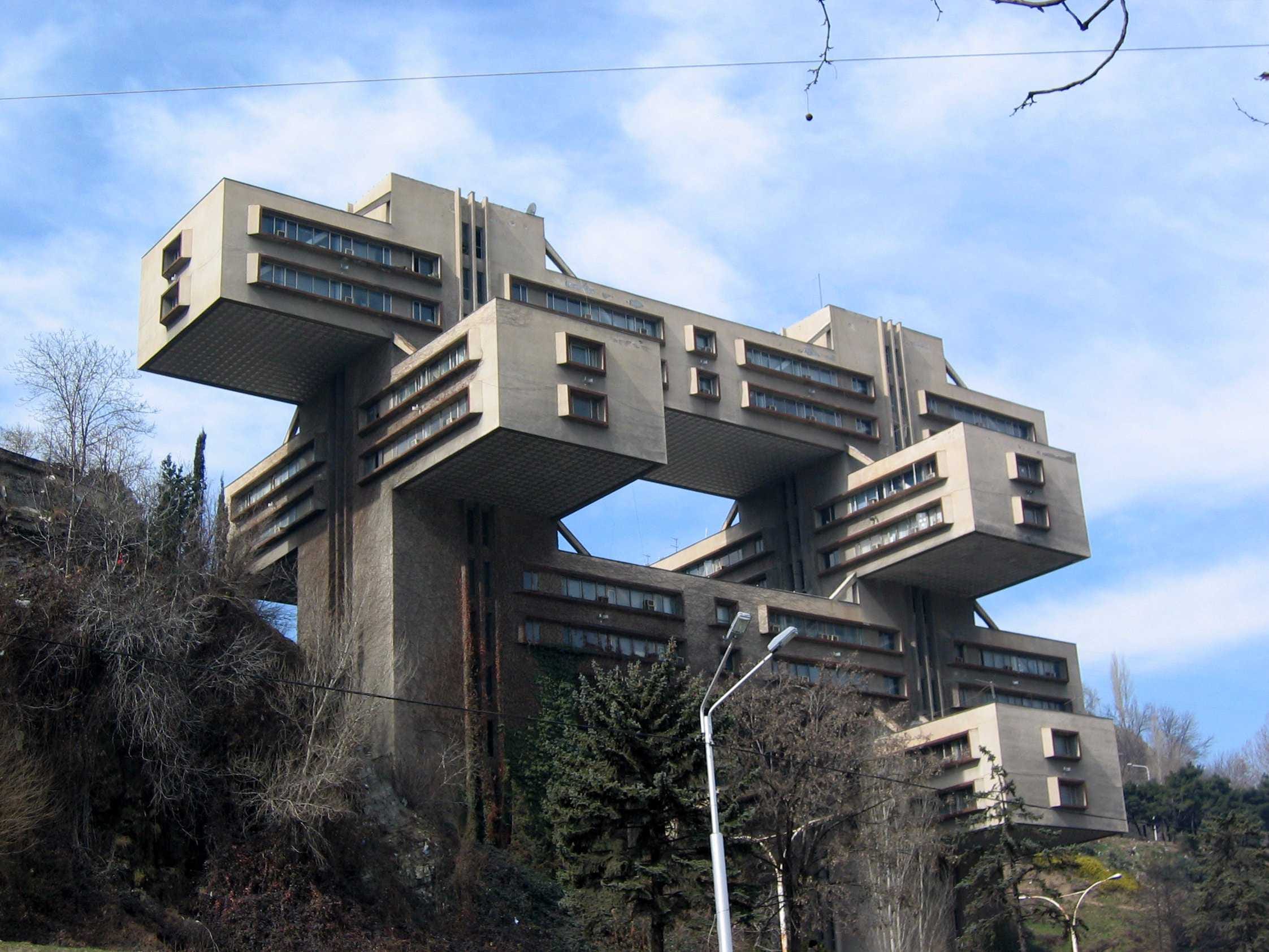

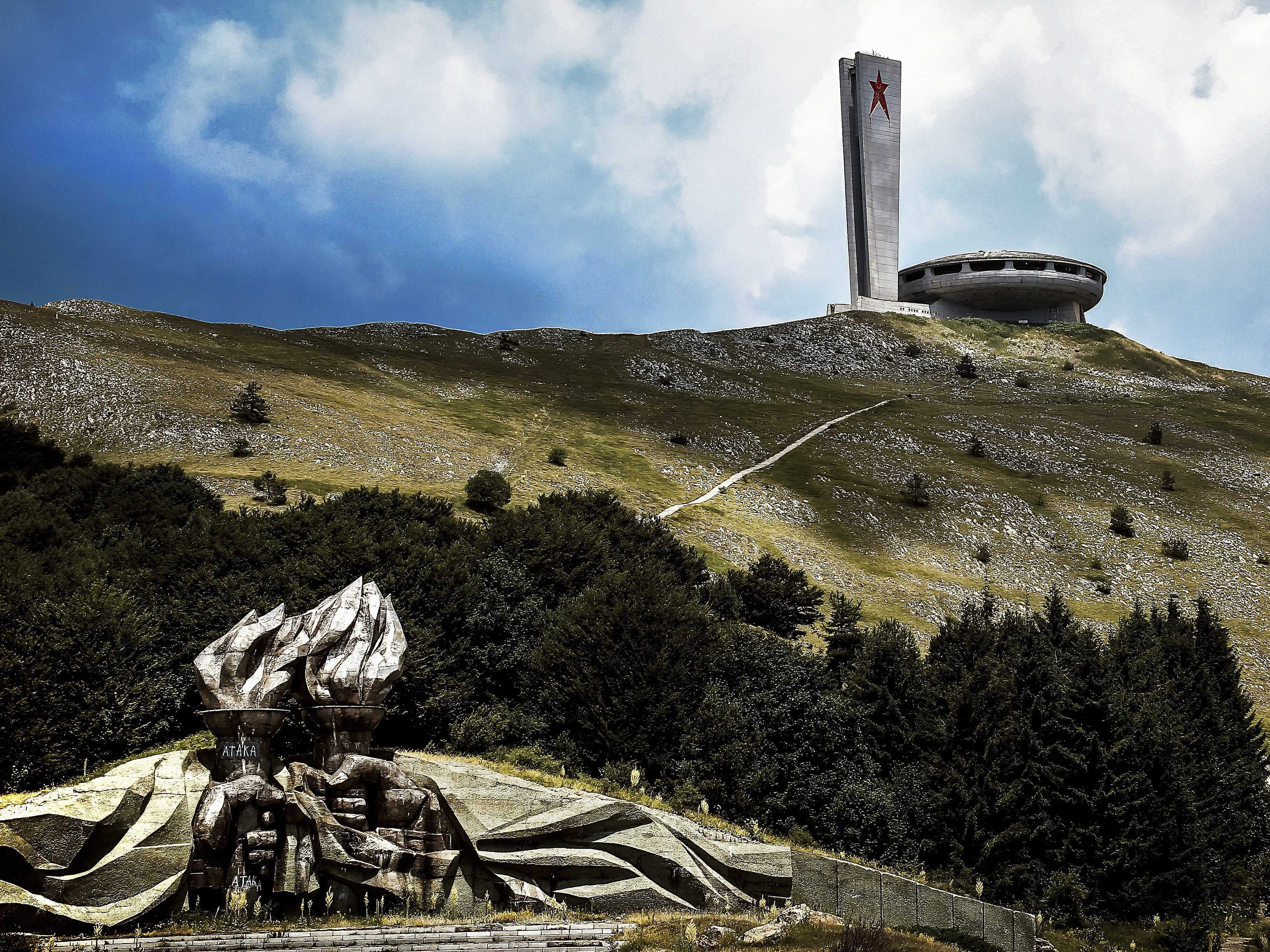
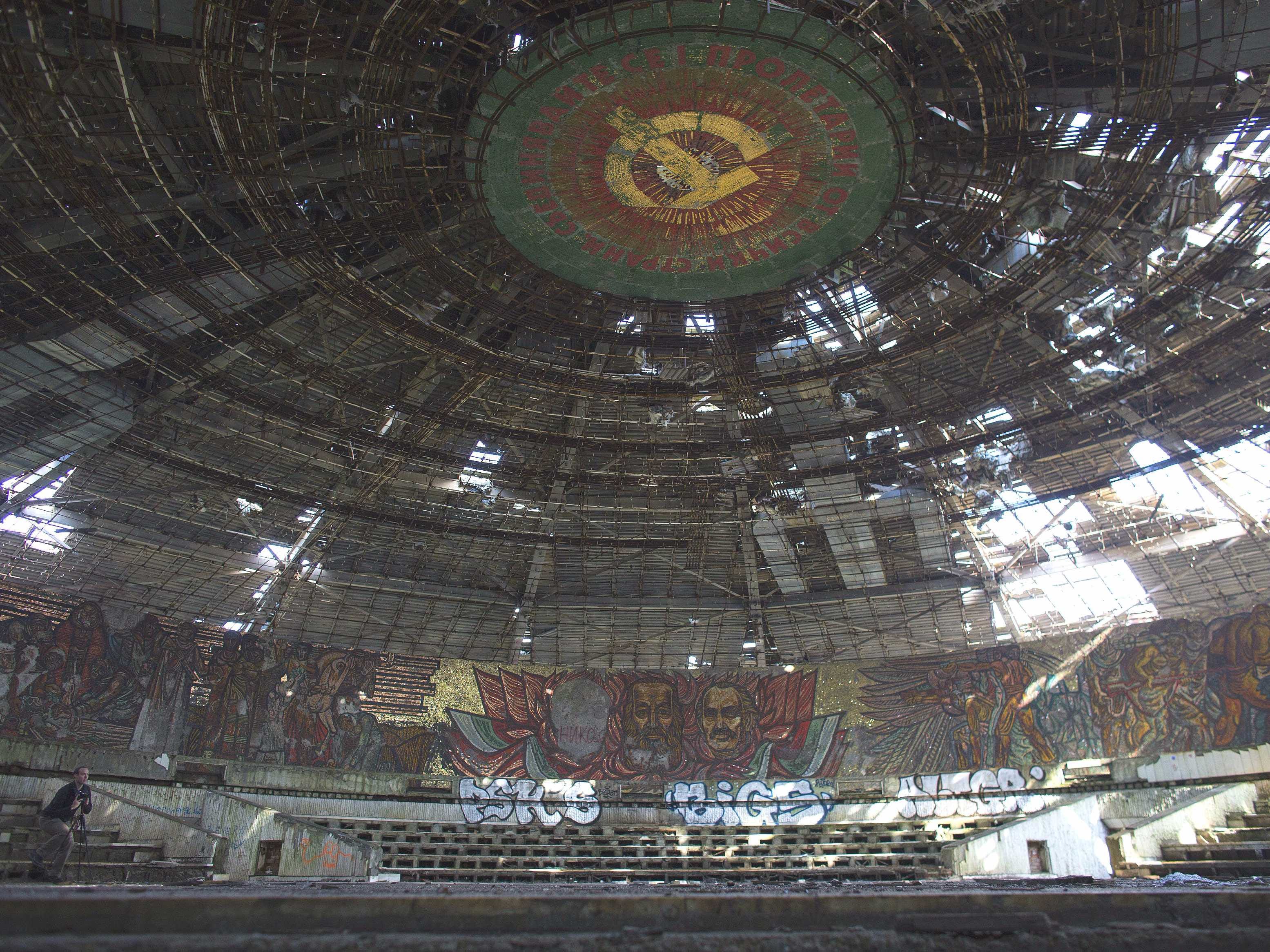
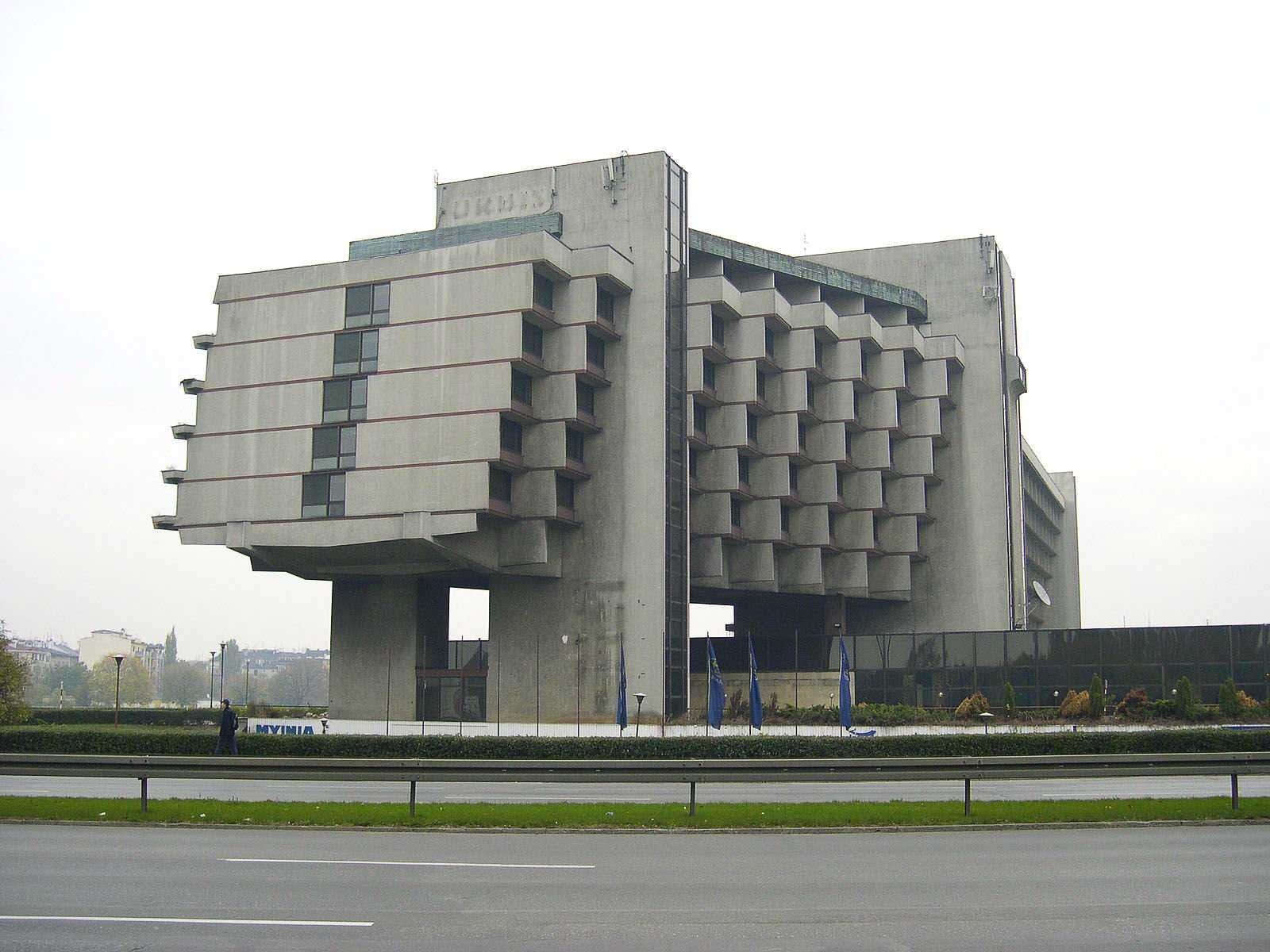
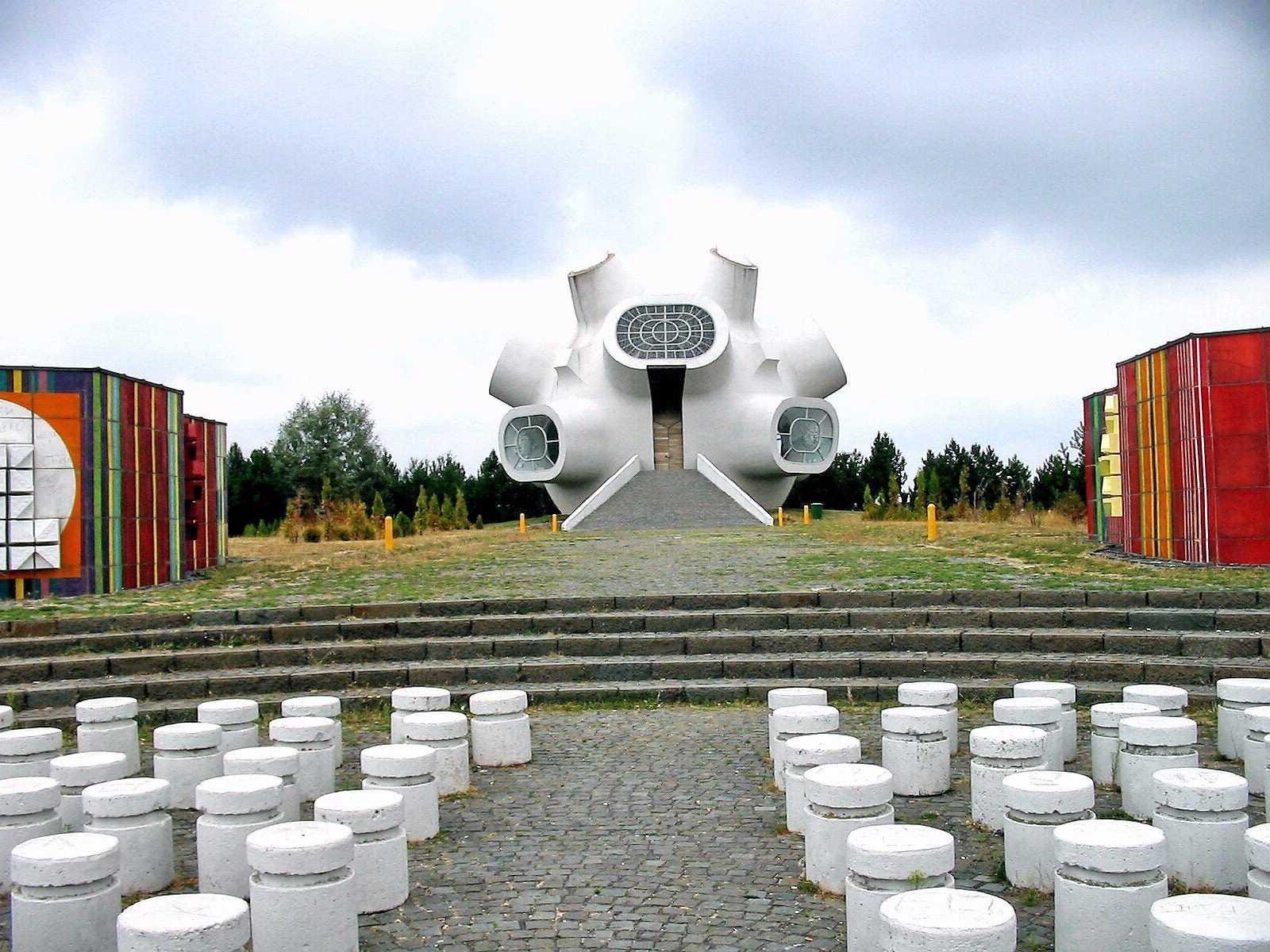
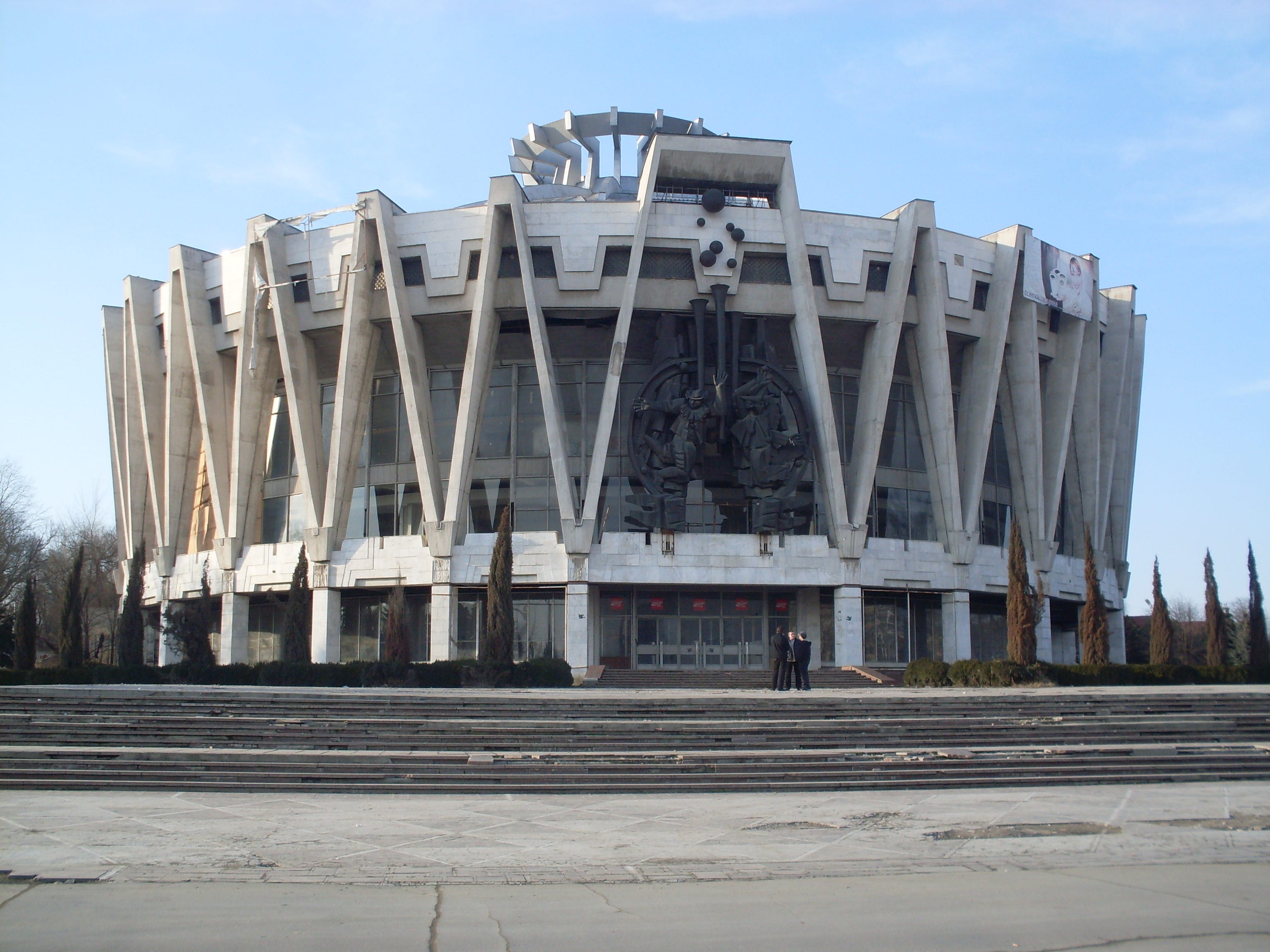

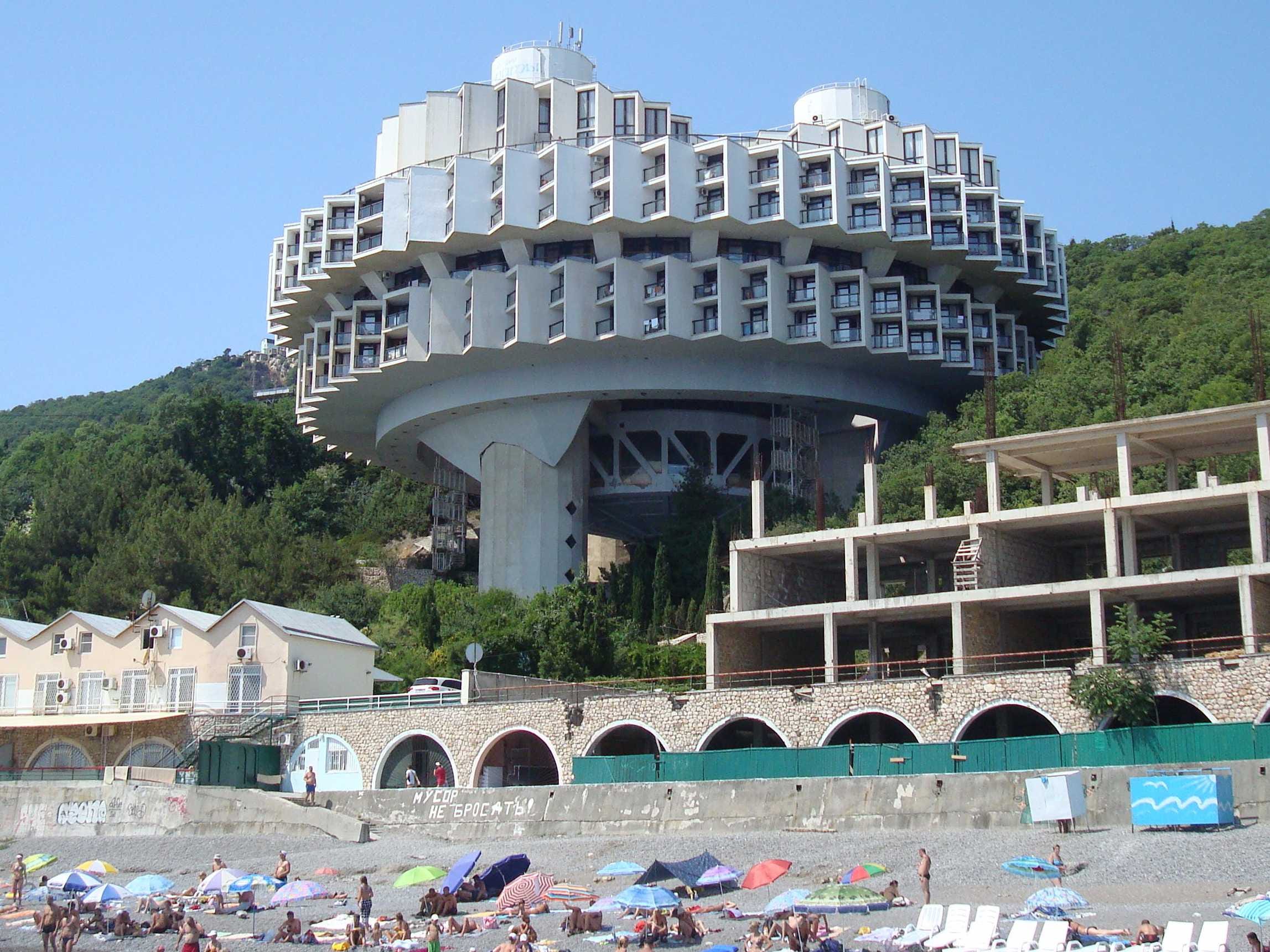
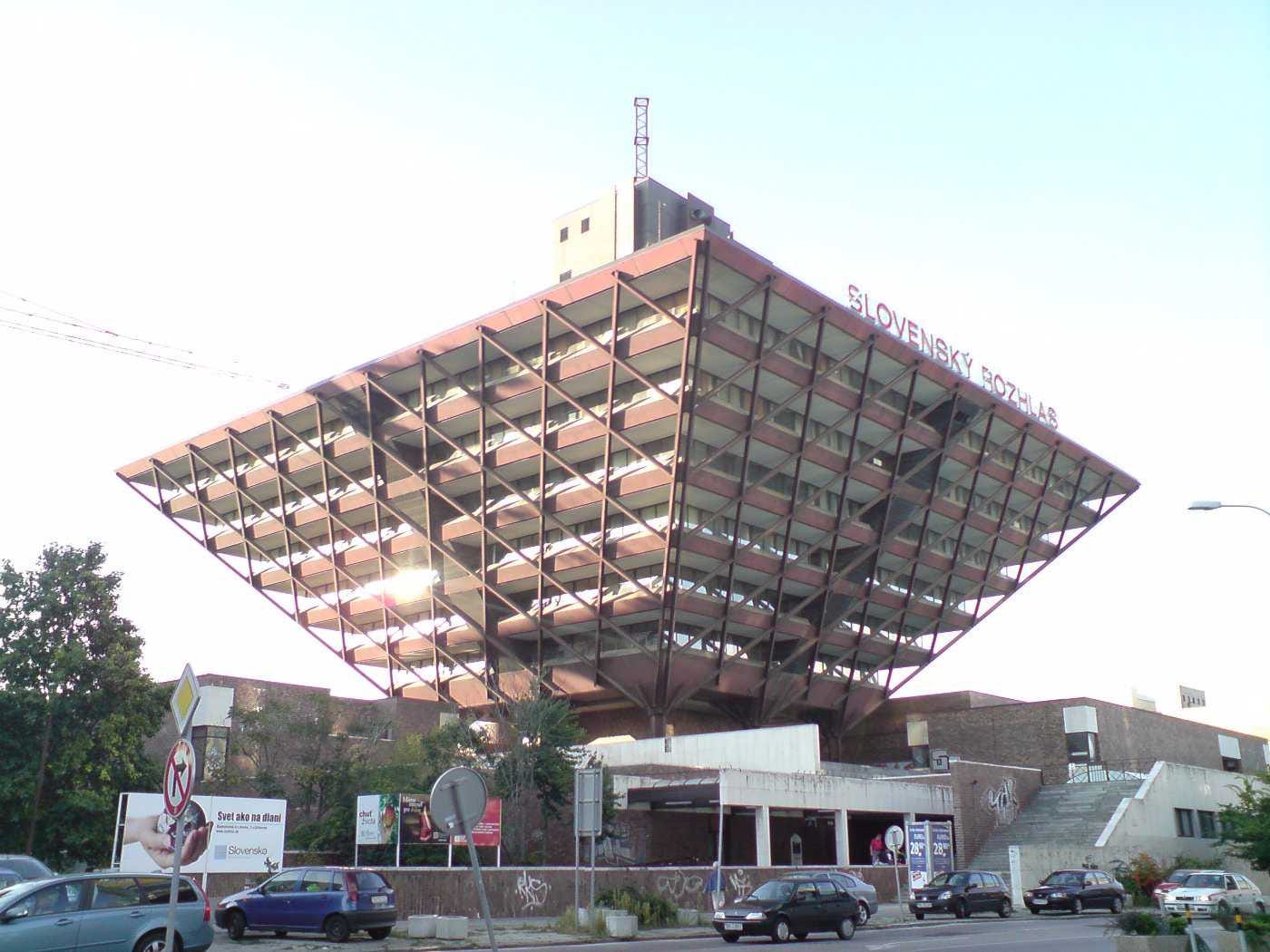
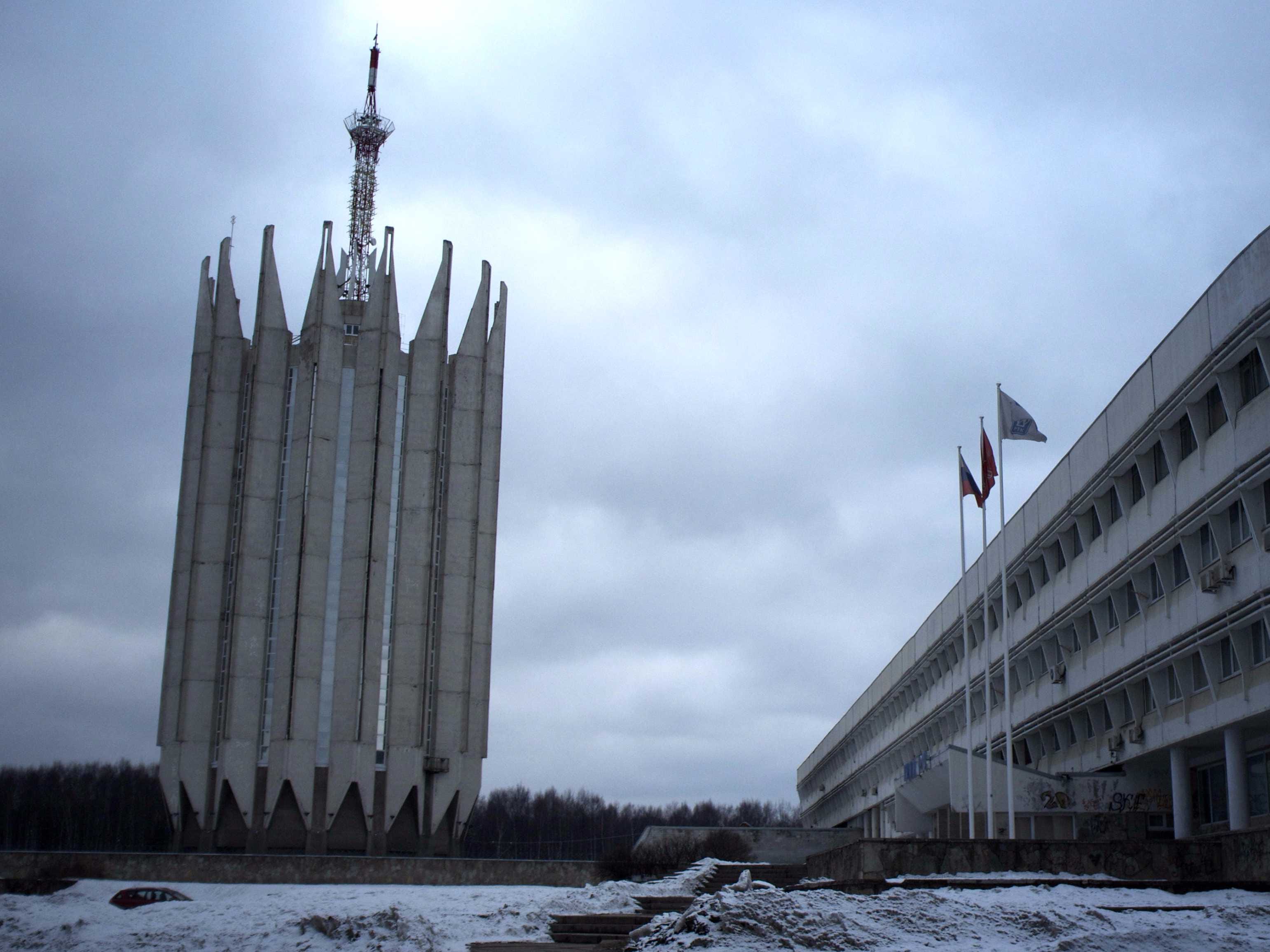
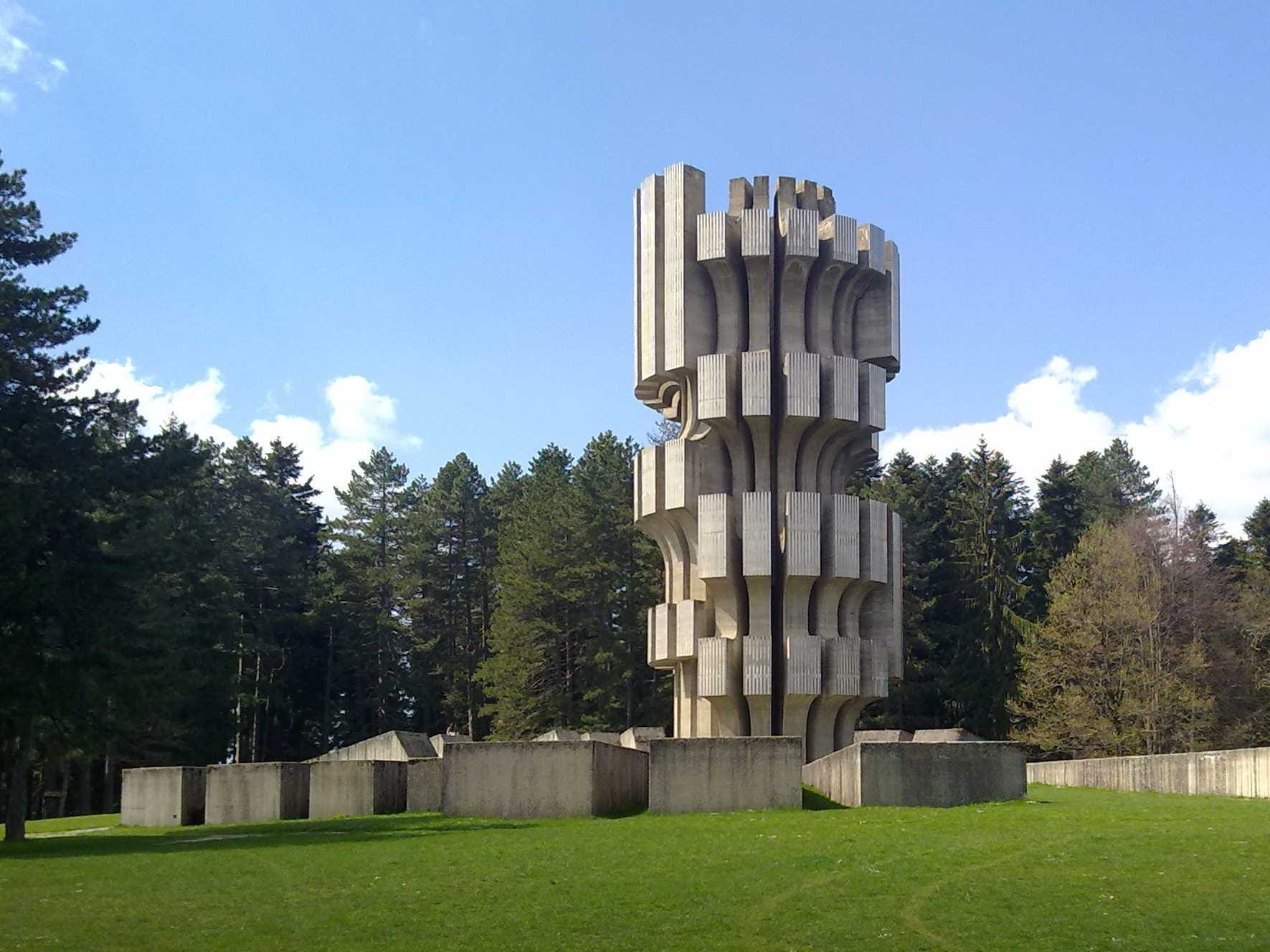
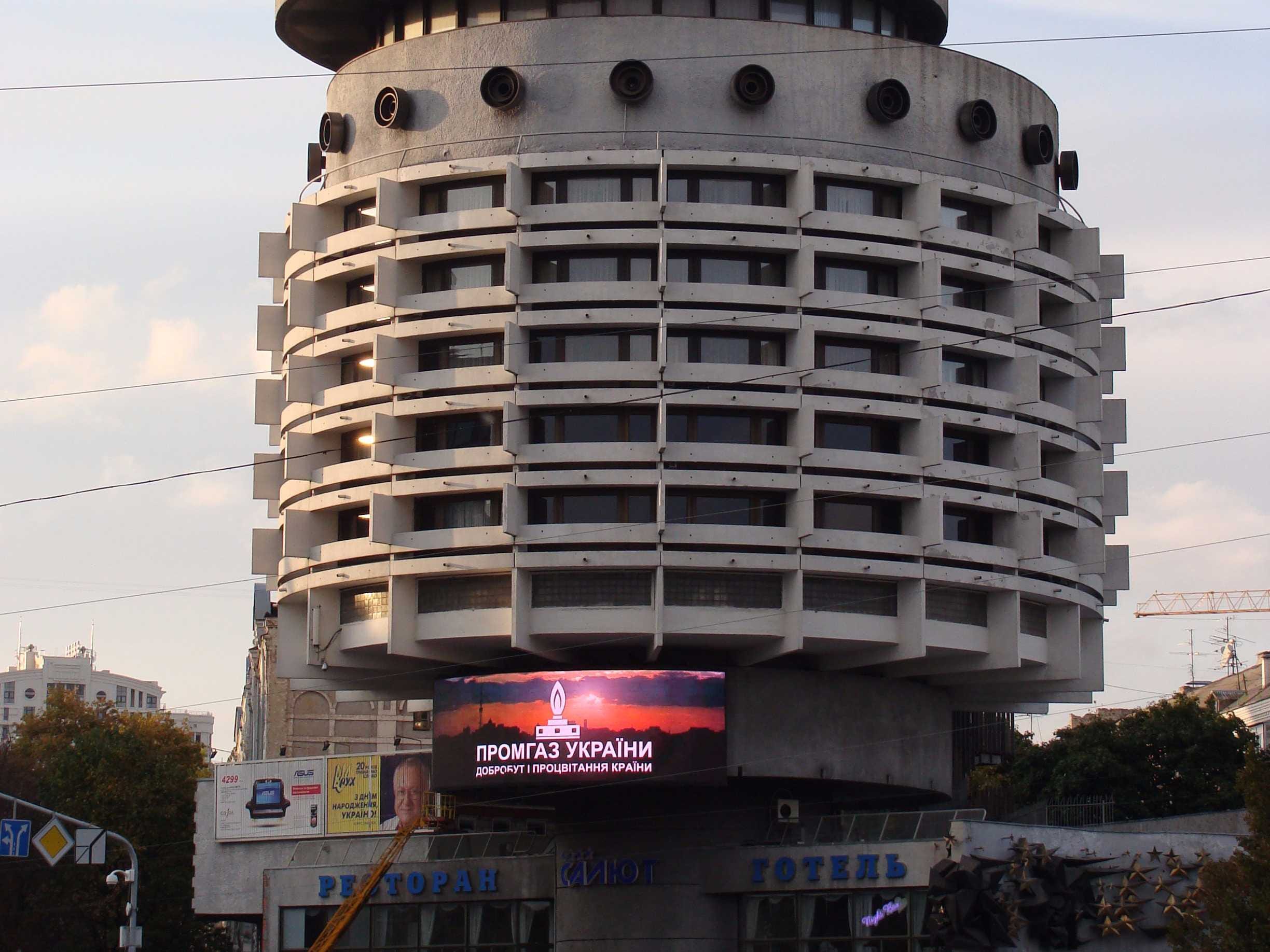


I mean, the great thing about concrete is that you can shape it however you like without wasting material. Unlike stone or wood, where if you deviate too much from the original shape, you necessarily have to waste a lot of it in getting it to the new shape.
Though that being said, stone and wood have an important benefit over concrete, in that their production don’t release CO2. In fact, I learned in environmental science class that wood buildings where the timber is sourced from sustainably managed forests and tree plantations (they need to be properly managed and also not old growth for this to work) are considered a semi long-term carbon sink and contributes to carbon resorption!
Heads up. Apparently we are running out of the sand that is essential to concrete production.
I’m aware. This plus the carbon footprint is why I’m not a fan of using concrete for new buildings if alternative materials like CLT can be used.
Specifically in the context of concrete, we’re running out of ocean and beach sand. People think “well there’s way more desert sand than beach sand, why don’t we just use that?” But apparently desert sand isn’t suitable for concrete production at all.
how large are those forests? and what’s the cycle on trees?
You can have sustainabe logging at any scale, but it does take a long time, decades to a century, for timber to turn over so it’s definitely a long game. And you can’t harvest trees too early if you want the plantation to stay sustainable. But, since you have trees at all different ages at any mature new growth, you can harvest some trees every year in line with the specific tree species’ maturation cycle (and that’s what you want to do, you definitely don’t want to cut down a plantation all at once because you’ll destroy the ecosystem, which you ideally would not affect by harvesting at the replacement rate). The issue there is what if you need more wood now than is in the sustainably harvestable window. I’ve actually done maximum sustainable yield calculations for tree plantations in university.
For many applications though, particularly ones not involving heavy structural use of timber, like facades and coverings, non load bearing parts of the building, decorative pieces, as well as furniture, bamboo might be a good alternative. It’s actually a species of grass and is one of the fastest growing plants in the world, with reasonable strength for decorative or light structural use. Ideally you would only use timber for applications that require the level of strength it provides, and use less strong bamboo where that’s acceptable.
Cool, the rising use of bamboo gives me hope.